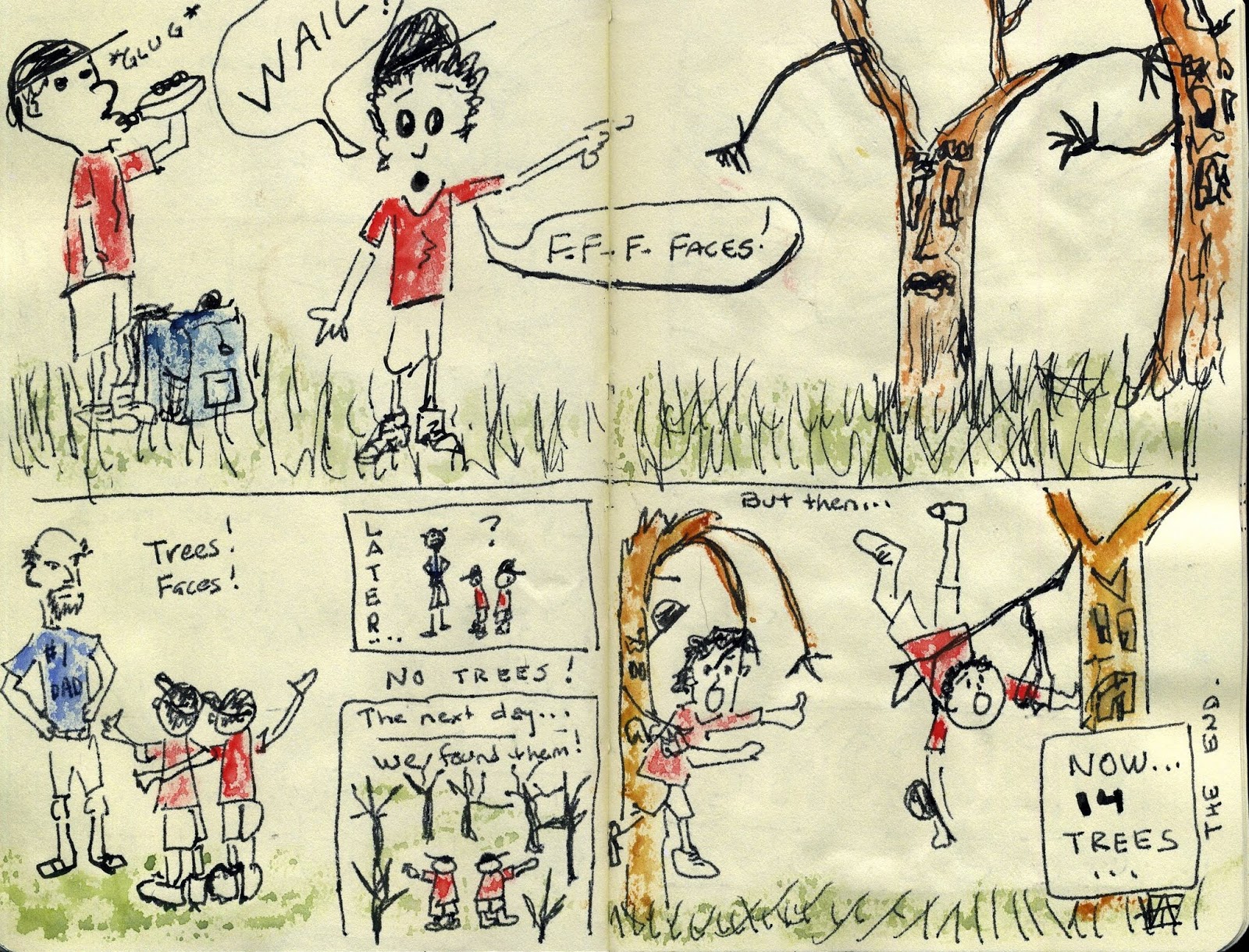Bilder mit Geschichte: Drawing Adventures with Stories

Willkommen, junge Künstler! Are you ready to embark on a journey of creativity where your imagination takes flight? With "Bilder mit Geschichte," you’ll learn to draw not just pictures, but stories!
What is "Bilder mit Geschichte"?
It’s a fun and exciting way to learn drawing by combining visual art with storytelling. We’ll use simple shapes, lines, and colors to bring characters and scenes to life, creating your own unique stories on paper.
Think of it like this:
- You’re a storyteller, crafting a world with your pencil.
- You’re an artist, bringing your ideas to life with color and detail.
- You’re a magician, making your imagination come alive on the page!

Benefits of Drawing Stories:

- Boosts Creativity: Your imagination will soar as you invent characters, settings, and plots.
- Improves Communication: Drawing helps you express yourself in a new way, even when words fail.
- Enhances Problem-Solving Skills: You’ll learn to think outside the box and find creative solutions to artistic challenges.
- Develops Fine Motor Skills: Drawing strengthens your hand-eye coordination and dexterity.
- Promotes Concentration: Focusing on your drawing helps you stay engaged and develop a sense of focus.
- Builds Confidence: As you see your drawings come to life, your confidence in your artistic abilities will grow.

Let’s Get Started!
Step 1: The Story Seed

- What kind of story do you want to tell? Is it about a brave knight, a magical princess, or a silly monster?
- Where does your story take place? A faraway castle, a bustling city, or a peaceful forest?
- Who are the main characters? Give them names, personalities, and interesting features.

Step 2: Simple Shapes
- Start with basic shapes: Circles, squares, triangles, rectangles. These are the building blocks of your drawing.
- Use these shapes to create the outlines of your characters and objects. For example, a circle can be a head, a rectangle can be a house, and a triangle can be a mountain.
Step 3: Lines and Details
- Add lines to your shapes to give them form and definition. For example, add lines to your circle to create eyes, a nose, and a mouth.
- Use different types of lines to create different effects. Thick lines can show strength, thin lines can show delicacy, and wavy lines can show movement.
- Add details to your drawing to make it more interesting. For example, draw grass around a house, flowers in a garden, or clouds in the sky.
Step 4: Color and Life
- Choose colors that match your story and characters. For example, use bright colors for a happy story, dark colors for a mysterious story, and warm colors for a cozy story.
- Experiment with different shading techniques to create depth and dimension. Use lighter colors for areas that are closer to the light and darker colors for areas that are further away.
Frequently Asked Questions:
1. I’m not good at drawing. Can I still do this?
Absolutely! Everyone starts somewhere. The key is to have fun and not be afraid to make mistakes. Even the greatest artists started as beginners!
2. What if I can’t think of a story?
That’s okay! You can start with a simple scene, like a house with a garden, or a forest with animals. Then, as you draw, a story might come to you.
3. How do I know what colors to use?
Use colors that you like and that match your story. There are no right or wrong colors!
4. What if my drawing doesn’t look like what I imagined?
Don’t worry! It’s all part of the learning process. Keep practicing and you’ll be amazed at how much your skills improve.
5. Can I share my drawings with others?
Of course! Share your stories with your friends, family, and teachers. You might even want to create a "Bilder mit Geschichte" book!
Remember: Drawing is a journey, not a destination. Have fun, be creative, and let your imagination take you on amazing adventures!

